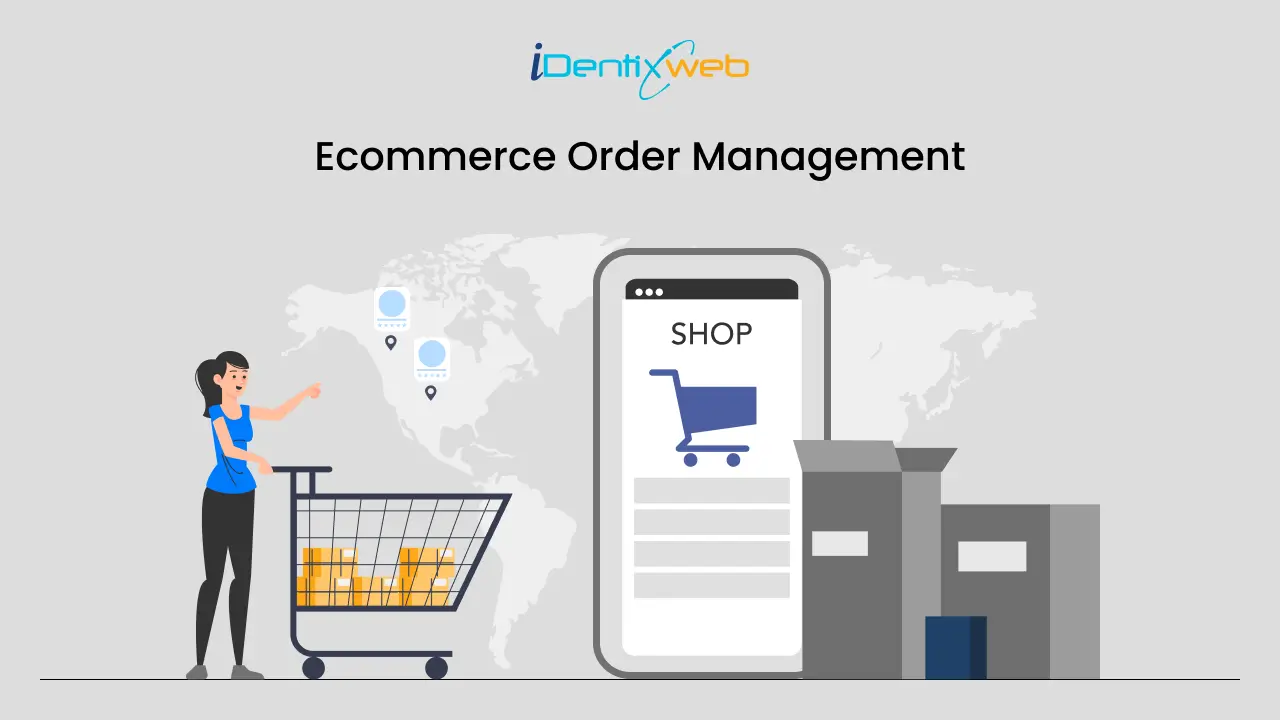
Managing orders effectively is crucial in the busy world of online shopping. By organizing orders strategically, firms can boost revenue, decrease errors, and maintain satisfied customers. Strong ecommerce order management systems are essential for managing orders in the increasingly complex world of online retailers.
Throughout this blog, we’ll discuss the details of e-commerce order management, its benefits, and how you can use it to your advantage. Whether you run a large online store or a small startup, this simple guide on EOM will help you alot.
What is Ecommerce Order Management (EOM)?
Ecommerce order management refers to receiving, processing, fulfilling, and tracking customer orders from your online store. It keeps track of orders, manages what’s in stock, and handles shipping and customer communication. It ensures seamless coordination between various stages of the order lifecycle to deliver a satisfying customer experience. EOM is the control centre that ensures everything runs smoothly in an online store.
What Advantages Can an E-Commerce OMS Offer?
There are various advantages to e-commerce businesses implementing efficient order management systems.
Simple Orders: Order management for ecommerce simplifies the order processing cycle from beginning to end, preventing errors. It efficiently organizes and manages orders.
All Orders in One Place: Every ordering process is managed by the same system, regardless of whether customers use social media, apps, or websites. Keeping track of everything is made simpler by this.
No More Running Out: With an OMS, businesses can always check how much stock they have. This ensures that customers see accurate product availability, enhancing their shopping experience.
Happy Customers: Customers feel satisfied when purchases are processed correctly and quickly. Businesses can swiftly fix any issues and provide customers with updates on their purchases by using an OMS.
Smart Business Decisions: Ecommerce OMS systems come with tools that show which products are selling well and what customers like. It helps businesses decide what to sell and how to sell it more effectively.
Integration with Other Tools: Many E-commerce OMS systems can connect with other crucial programs, such as shipping and accounting software. This simplifies matters and lowers error rates.
Cost Savings: Even though getting an OMS might seem like spending more, it helps save money in the long run. It reduces mistakes, saves time, and helps manage stock better.
The Ecommerce Order Management Process Flow- Key Steps
The Ecommerce Order Management Process flow usually involves several steps to handle orders effectively. Below is an overview of the process flow.
1. Streamline Your Order Processing: Use an e-commerce platform that centralizes all of your orders rather than juggling them from several locations. You won’t feel overburdened and can simply keep track of everything in this way.
2. Automate what you can: Manual tasks require human error and consume time. Try automation tools to manage monotonous operations like order entry and inventory changes. Automation makes your work much easier by reducing errors and saving time.
3. Maintain Inventory: Keep an accurate record of your inventory at all times. To track your inventory in real-time, get inventory management software. To stay in sync with your sales platforms, set up notifications to remind you when to place further orders.
4. Allow Customers to Track Their Orders: Maintaining open communication with customers is essential. Make sure they can track their orders from start to finish. Give them regular updates on the status of their order and the shipment information so they will always know when they’ll receive their product.
5. Make orders faster: Don’t hold up customers. Organizing your order processing strategy will help you dispatch packages more quickly. For quicker shipment, keep products nearer customers or collaborate with a third-party logistics company to handle fulfilment.
6. Provide Shipping Options: Offer a range of shipping options to your clients. Give customers a choice of carriers and shipping rates to choose the one that best suits their needs. Integrate well-known carriers to offer accurate shipping costs and coverage.
7. Keep Payments Simple: Don’t let your clients face financial obstacles. Provide a range of payment choices, such as digital wallets, credit cards, and other options, by integrating with several payment platforms. Verify that the payment procedure is safe and easy.
8. Use Data Wisely: Data is important for managing orders. Analyze your order history and customer behaviour to spot trends and make informed decisions. Predictive analytics can help you predict future demand and plan your stock better.
Choosing the Right Order Fulfillment Software for Ecommerce
When picking order fulfillment software for ecommerce, keep these key points in mind:
Scalability: Make sure the software can grow with your company without becoming outdated.
Integration Capabilities: Select software that can easily integrate with your current carriers and e-commerce platform. This ensures efficient operations.
Automation Features: Look for tools with automation features, such as those that handle inventory, ship, and process orders. This lowers errors and saves time.
Customization Options: Look for software that you can modify to meet your unique requirements. Since every business is different, adaptability is crucial.
Support and Training: Select a service provider with dependable training and customer support. You’ll need assistance if you run into problems or need to learn how to utilize the software properly.
In the end
Handling online orders is key for your ecommerce success. With the right tools, like Ecommerce Order Management Systems (EOM), you can keep everything running smoothly. Make sure to pick software that grows with your business, connects well with your current setup, and is easy to use. By keeping things simple and using the right tools, you can make sure your customers are happy and your business thrives. So, keep it simple, stay organized, and watch your ecommerce store succeed!




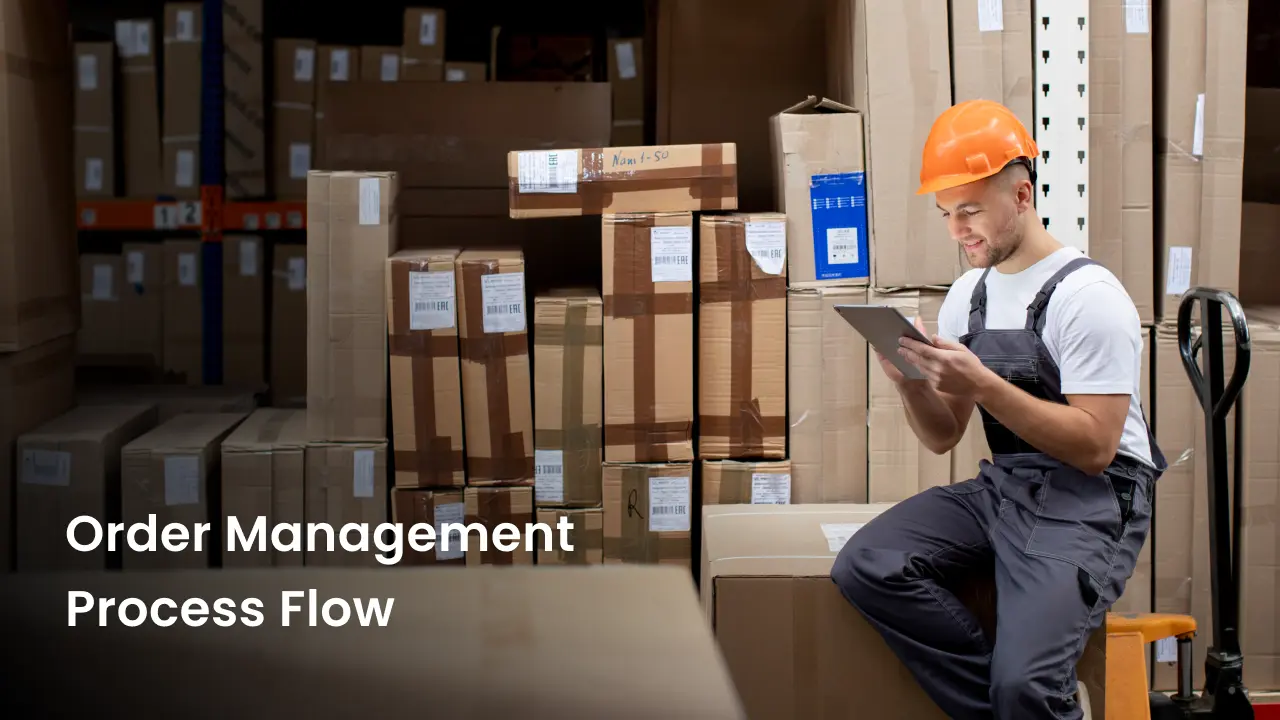
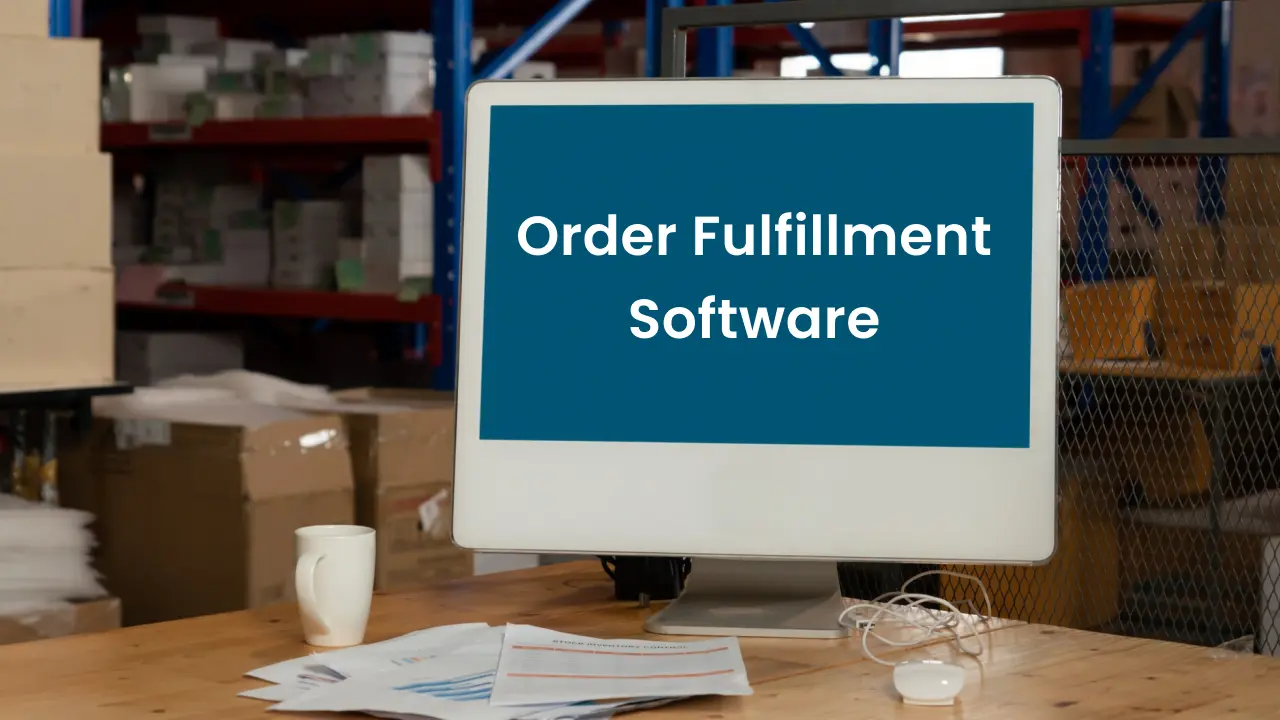

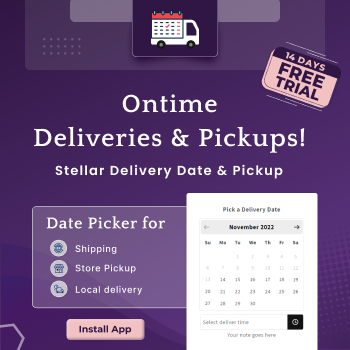



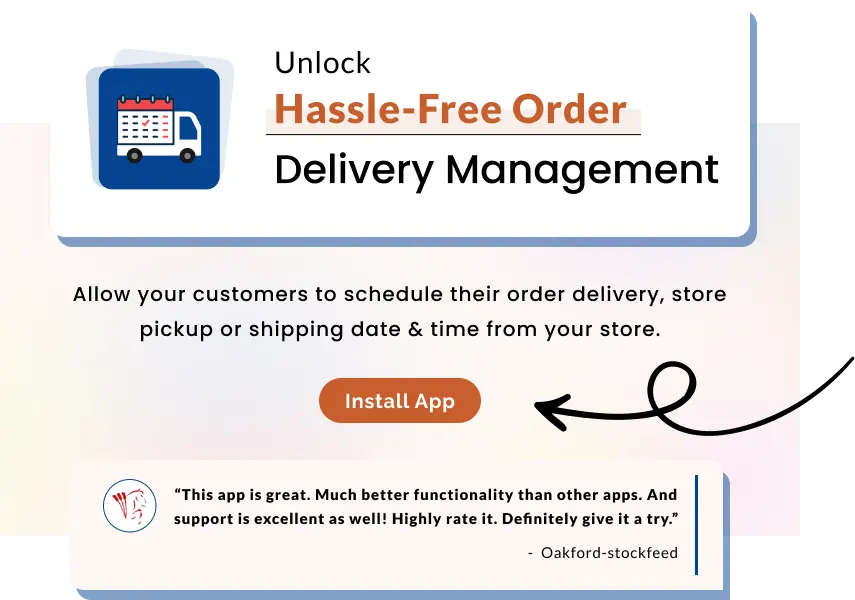
About the author
Bidisha Saha
Step into the content world with Bidisha Saha, a seasoned Senior Content Writer at Identixweb. Passionate about e-commerce, technology, and marketing, she optimizes online visibility, crafting engaging content for business growth. Join the journey through words and innovation with Bidisha.